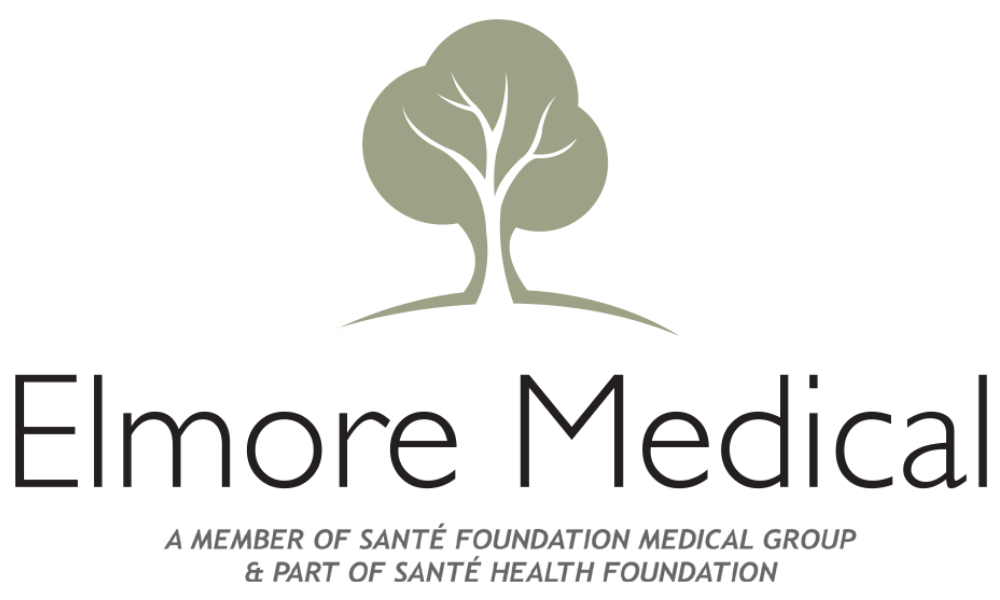Understanding Telangiectasia: Causes and Treatments for Small Dilated Blood Vessels
Telangiectasia represents one of the most common vascular conditions affecting millions of people worldwide. These small, dilated blood vessels near the surface of the skin create visible red, blue, or purple lines that can appear on various parts of the body. While often mistaken for spider veins, telangiectasia encompasses a broader category of superficial vascular abnormalities that deserve careful understanding and appropriate treatment.
The condition affects people of all ages and backgrounds, though certain factors make some individuals more susceptible than others. Understanding the underlying mechanisms behind telangiectasia formation helps patients make informed decisions about prevention and treatment options.
What Exactly Is Telangiectasia?
Telangiectasia refers to the abnormal dilation of small blood vessels, specifically capillaries, venules, and arterioles, located close to the skin's surface. These vessels, normally invisible to the naked eye, become enlarged and visible when they lose their ability to maintain proper tone and structure. The term comes from Greek origins meaning "end vessel expansion," which accurately describes the condition's appearance.
Unlike varicose veins, which involve larger, deeper vessels, telangiectasia affects the smallest components of the circulatory system. These dilated vessels typically measure less than one millimeter in diameter and create characteristic web-like patterns or linear formations on the skin.
The condition can occur anywhere on the body but most commonly appears on the face, particularly around the nose and cheeks, and on the legs. Facial spider veins represent a specific type of telangiectasia that affects the delicate vessels of the face.
Primary Causes of Telangiectasia
Understanding the root causes of telangiectasia helps in both prevention and treatment planning. Several factors contribute to the development of these visible blood vessels:
Genetic Predisposition
Hereditary factors play a significant role in telangiectasia development. Individuals with family histories of vascular conditions often show increased susceptibility to developing these visible vessels. Genetics in vein health demonstrates how inherited traits influence vessel wall strength and elasticity.
Sun Exposure and Environmental Damage
Chronic ultraviolet radiation exposure breaks down collagen and elastin fibers that support blood vessel walls. This environmental damage accumulates over time, leading to vessel dilation and increased visibility. Areas frequently exposed to sunlight, such as the face and hands, show higher rates of telangiectasia formation.
Hormonal Influences
Hormonal fluctuations, particularly those involving estrogen, significantly impact vessel wall integrity. Pregnancy and vein health illustrates how hormonal changes can contribute to vascular changes. Menopause, oral contraceptive use, and hormone replacement therapy can all influence telangiectasia development.
Age-Related Changes
The natural aging process affects blood vessel structure and function. How aging affects veins explains how vessel walls lose elasticity and strength over time, making them more prone to dilation and visible appearance.
Contributing Factors and Risk Elements
Chronic inflammation conditions
Excessive alcohol consumption
Certain medications, including topical steroids
Occupational factors involving prolonged heat exposure
Skin conditions such as rosacea
Trauma or injury to affected areas
Poor circulation and venous insufficiency
Treatment Options for Telangiectasia
Modern medicine offers several effective approaches to treating telangiectasia, ranging from minimally invasive procedures to advanced laser technologies.
1. Sclerotherapy
Sclerotherapy remains the gold standard treatment for many forms of telangiectasia, particularly those affecting the legs. This procedure involves injecting a special solution directly into the affected vessels, causing them to collapse and eventually fade from view. The treatment works by damaging the vessel lining, prompting the body's natural healing process to redirect blood flow to healthier vessels.
The sclerotherapy process typically requires multiple sessions spaced several weeks apart to achieve optimal results. Sclerotherapy FAQ provides detailed information about what patients can expect during and after treatment.
2. Laser Therapy
Advanced laser technologies offer precise treatment for facial telangiectasia and smaller vessels that may not respond well to sclerotherapy. Different laser wavelengths target specific vessel types and depths, allowing vein specialists to customize treatment approaches for individual patient needs.
3. Intense Pulsed Light (IPL)
IPL treatments use broad-spectrum light to target dilated blood vessels while preserving surrounding healthy tissue. This approach works particularly well for diffuse telangiectasia patterns and can improve overall skin appearance.
Prevention Strategies
Sun protection through consistent use of broad-spectrum sunscreen
Gentle skincare routines that avoid harsh chemicals and excessive scrubbing
Temperature moderation, avoiding extreme heat and cold exposure
Regular exercise to improve circulation
Maintaining healthy weight to reduce vascular stress
Limiting alcohol consumption
Managing underlying skin conditions like rosacea
When to Seek Professional Evaluation
While telangiectasia is primarily a cosmetic concern, certain situations warrant professional medical evaluation. When to see a vein specialist outlines important indicators for seeking professional care.
Patients should consider consultation when telangiectasia appears suddenly, causes discomfort, or occurs alongside other vascular symptoms. Additionally, individuals with extensive telangiectasia may benefit from comprehensive vascular evaluation to rule out underlying circulatory issues.
Professional evaluation typically includes detailed medical history, physical examination, and sometimes additional diagnostic tests to determine the most appropriate treatment approach. Choosing the best vein specialist helps patients find qualified practitioners for their specific needs.
Living with Telangiectasia
Many individuals successfully manage telangiectasia through combination approaches involving professional treatment and lifestyle modifications. Understanding that these visible vessels represent a common condition helps reduce anxiety and promotes proactive management.
Modern treatment options offer excellent outcomes with minimal downtime and discomfort. Most patients can return to normal activities immediately after treatment, though specific post-care instructions may vary depending on the chosen procedure.
The key to successful telangiectasia management lies in early intervention, appropriate treatment selection, and ongoing prevention efforts. Working with experienced vein health professionals ensures optimal outcomes and patient satisfaction.
Telangiectasia affects countless individuals, but effective treatments and prevention strategies can significantly improve both appearance and confidence. Understanding the condition's causes, available treatments, and prevention methods empowers patients to make informed decisions about their vascular health.
Elmore Medical Vein & Laser Treatment Center is the premier vein specialty medical practice in the Central Valley. Dr. Mario H. Gonzalez and his staff offer years of experience and medical expertise that you won’t find anywhere else. Contact us to set up a consultation appointment.

